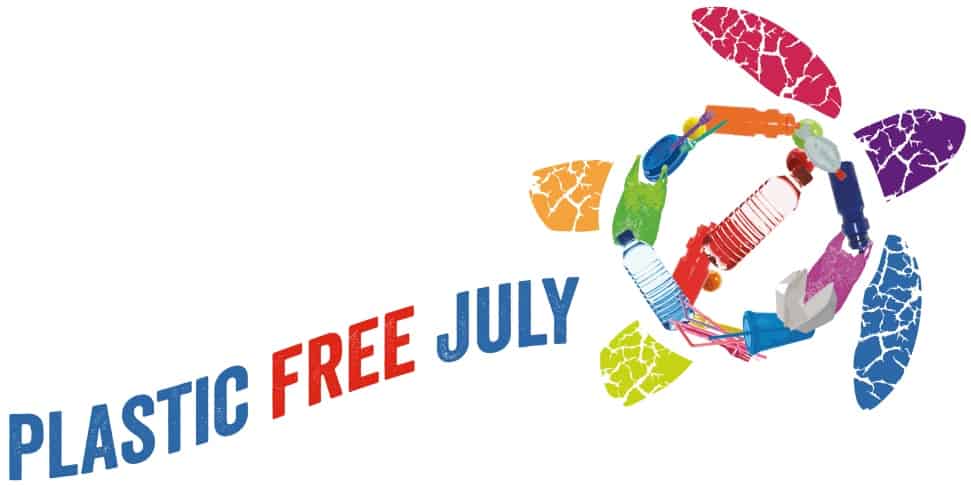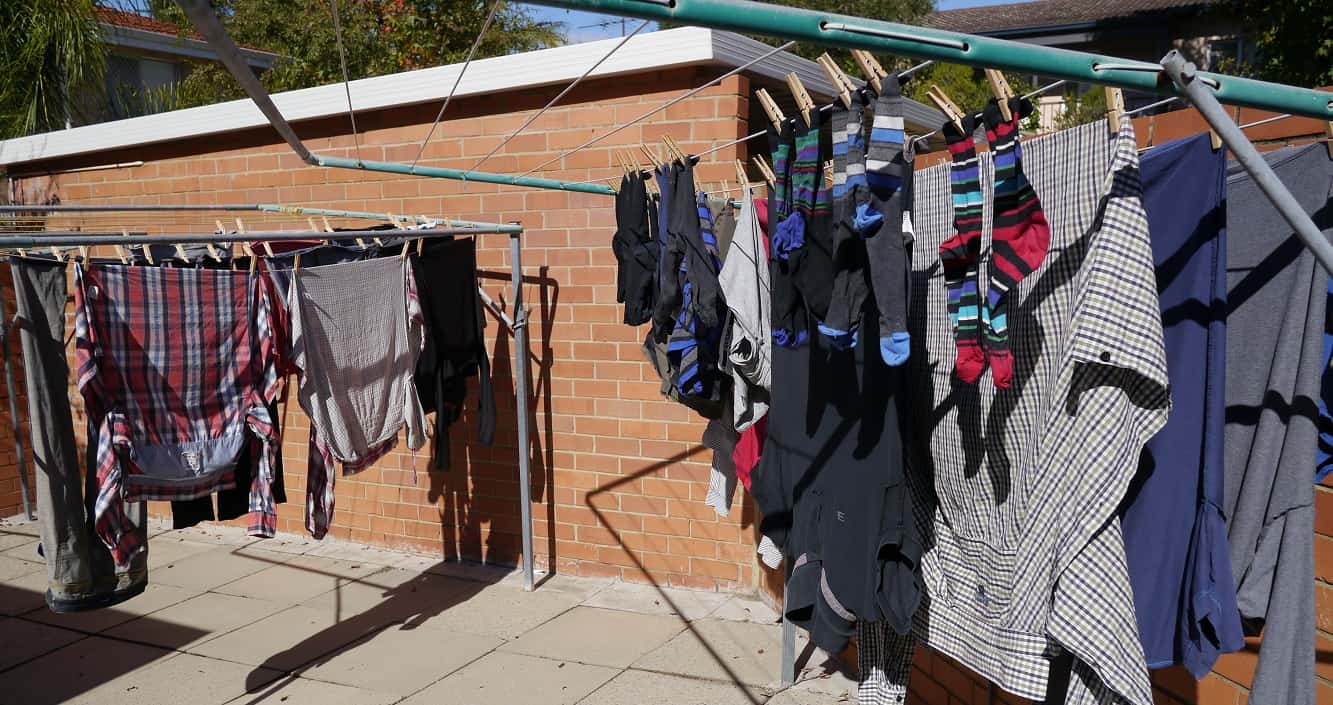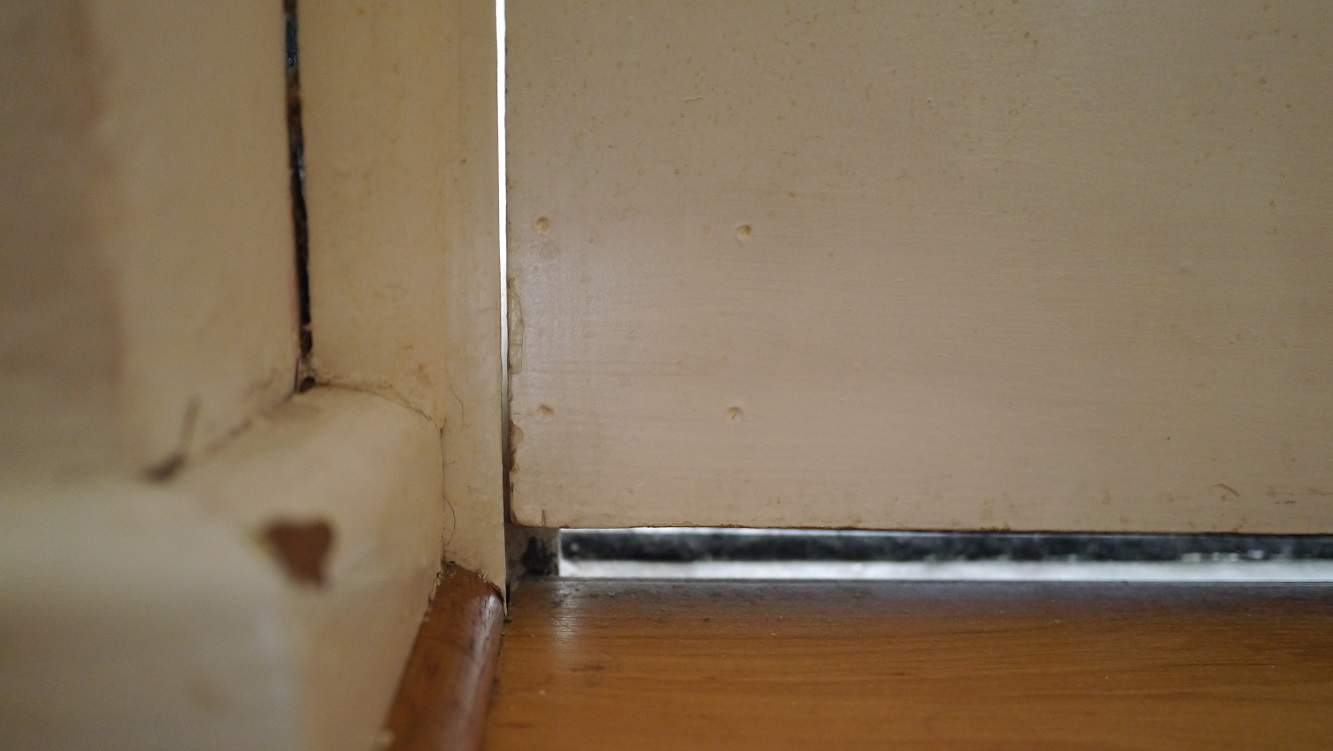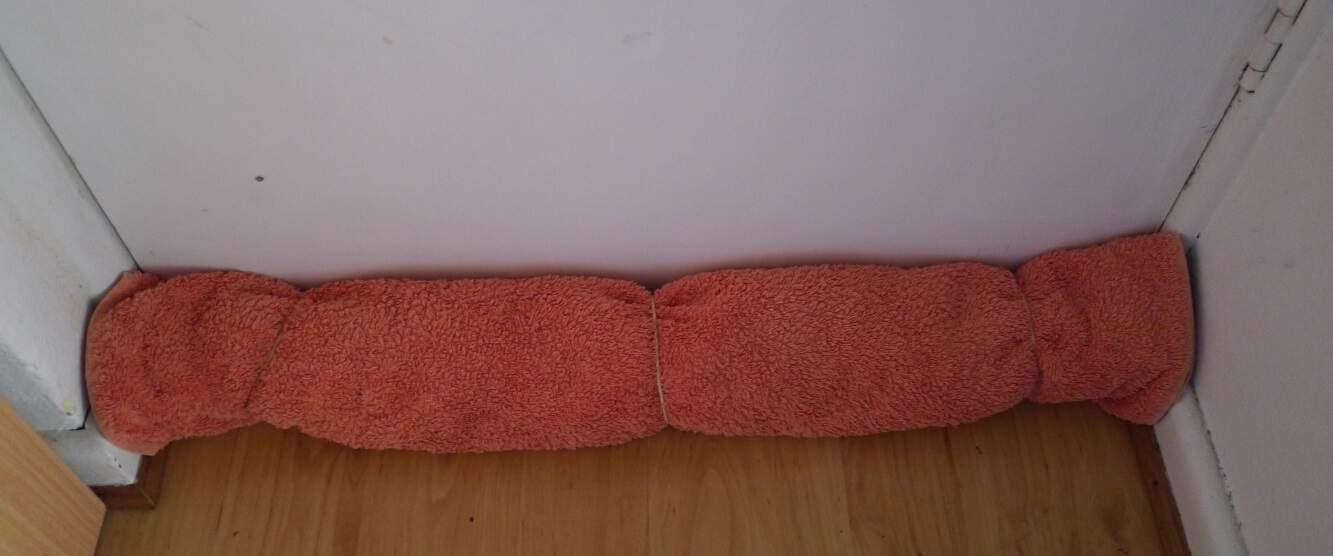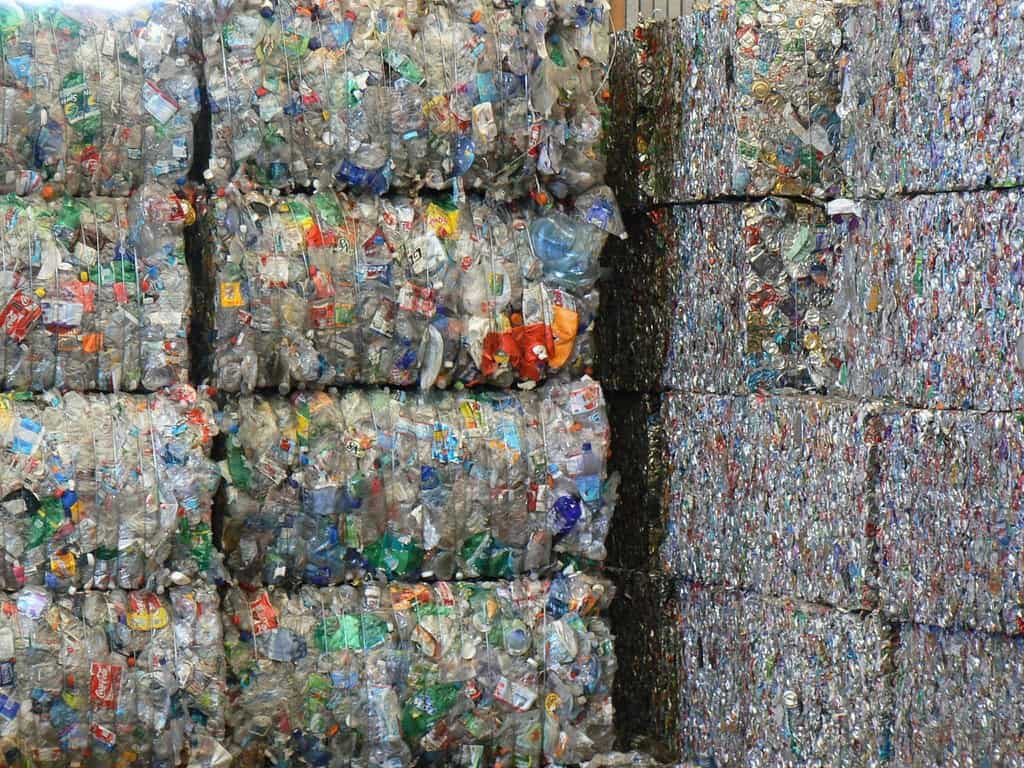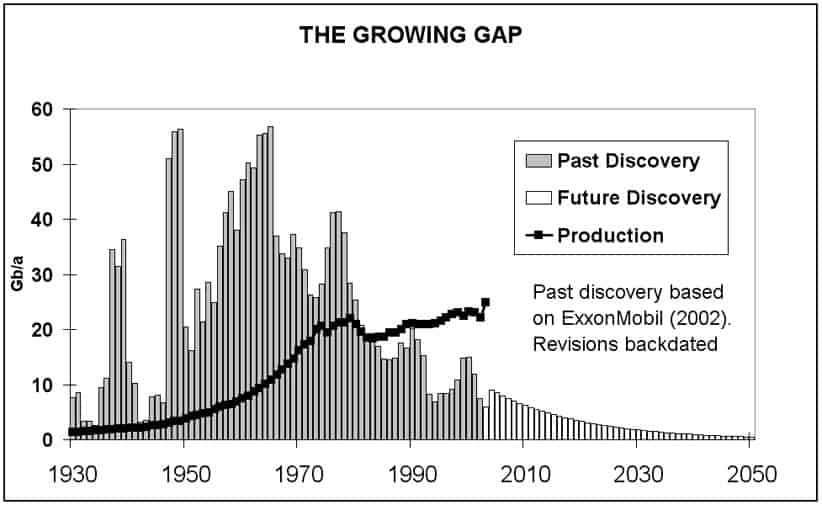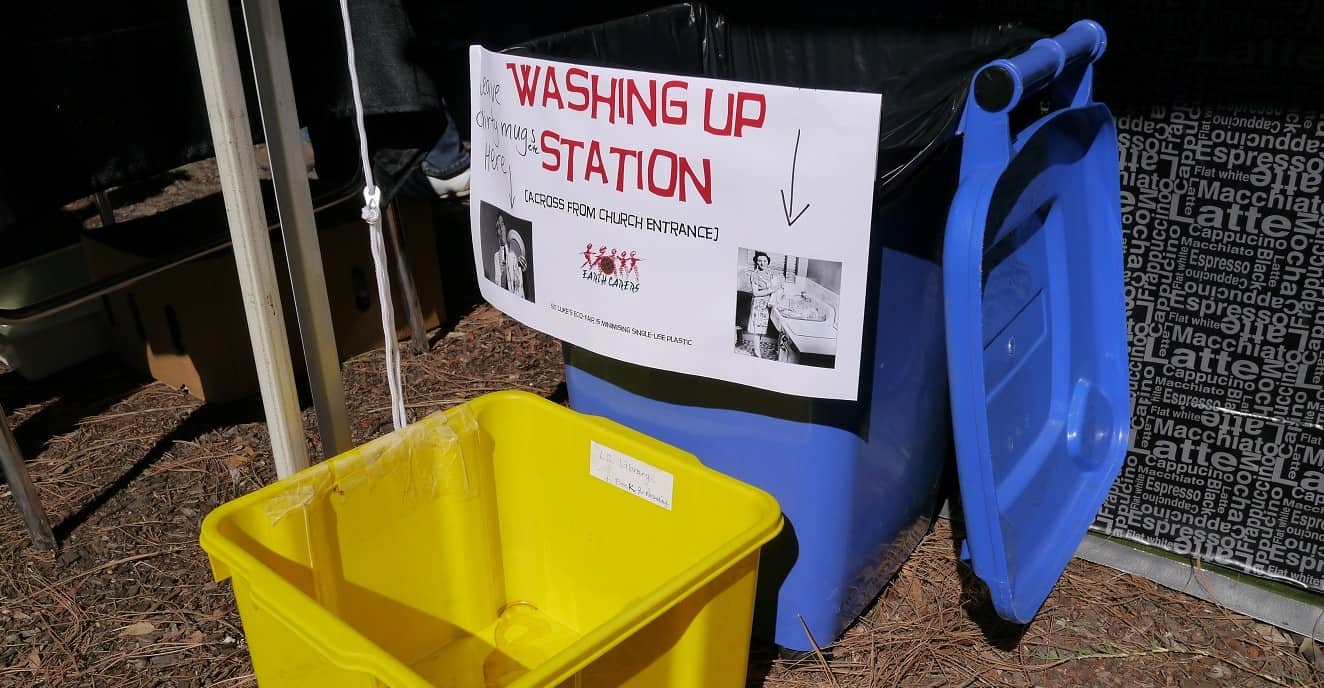Plastic recycling: What Those Numbers Actually Mean
With Plastic Free July just around the corner, I thought it might be helpful to talk about plastic recycling, and why it’s not all it’s cracked up to be. Recycling gives the impression that you can consume something, and then dispose of the packaging in a responsible manner, free of all guilt. But whilst recycling is a great last resort when the only other option is landfill, it should be remembered that it is the LAST resort. Have you ever heard the mantra ‘reduce, reuse, recycle’? There’s a reason that ‘recycle’ comes last! Now there’s a new mantra that is gaining popularity. This one goes ‘REFUSE, reduce, reuse, repair, recycle’. And that is what Plastic Free July is all about. Rather than worrying about disposing of plastic packaging responsibly, ask the question: do I actually need it in the first place?
If you’ve been happily consuming all that plastic because you know that you’ll recycle it responsibly when you’re done, maybe this post will change your mind. I used to be the same. But once I started to understand what plastic recycling actually meant, I began questioning everything I bought and I drastically reduced the plastic in my life.
So here is a guide to the different types of plastics, what they are used for and what they are recycled into – if they can actually even be recycled.
Let’s dispell a couple of myths!
Firstly, if you’re under the impression that your old plastic bottles can be recycled into shiny new plastic bottles, unfortunately you’re wrong! Plastic isn’t technically recycled, it’s downcycled, meaning it’s used to create a product of inferior quality and productivity. So whilst glass can (in theory) be recycled an infinite amount of times, plastic can only go through two or three cycles.
Secondly, just because you see the ‘recycling arrow’ on your plastic packaging it doesn’t mean that it’s actually recyclable. The arrow is meaningless. The number tells us what the plastic is made from, and so you can work out if it can be recycled. Just because plastic has the potential to be recycled, it doesn’t mean that your local council actually recycles it, either.
Plastic recycling – a guide to the numbers
If you don’t want to read this list (I’ll take no offence!) allow me to summarise it here. The majority of plastic products are not commonly recycled, and when they are, the major product is plastic ‘wood’ and garden furniture. Now I don’t know about you, but I’ve never seen any attractive plastic recycled garden furniture, and I definitely have no desire for fake plastic wood products. Considering how much plastic gets recycled each year, that’s a LOT of plastic garden furniture. So rather than helping the environment by recycling your plastic, you’re actually adding more eyesores to public spaces everywhere!
If you do want to know more about what different types of plastics there are, whether they can be recycled and what they become, read on.
1. PET or PETE: polyethylene terephthalate
This is the plastic used to make clear bottles for soft drinks and water, plastic food jars for sauces and condiments.
Recycled into: bottles for cleaning products and non-food items; egg cartons; fibres/textiles (carpet, fleece, filling for winter coats).
2. HDPE: high-density polyethylene
This is the opaque plastic used to make milk bottles, oil/vinegar bottles, ice-cream tubs, bottles for toiletries and cleaning products.
Recycled into: recycling and compost bins; pipes; crates; flower pots; outdoor furniture.
3. PVC: polyvinyl chloride
This is the clear plastic used as food wrap, some squeezy bottles. Also used in flooring, plumbing pipes and hoses, children’s toys.
This is not commonly recycled, but can be used for: pipe, floor coverings.
4. LDPE: low-density polyethylene
This is used to make cling-film, most squeezy bottles, food bags and plastic carrier (shopping) bags.
This is not commonly recycled, but can be used for outdoor furniture; fence posts; tubing.
5. PP: polypropylene
This is the plastic used to make dairy food containers such as yoghurt pots and cheese containers, margarine containers, Tupperware and other plastic food storage boxes, and medicine bottles. Most plastic bottle tops are made out of this.
This is not commonly recycled, but can be used for outdoor furniture and planters.
6. PS: polystyrene
This includes colourless, transparent polystyrene and expanded polystyrene, which is more commonly known as styrofoam. This is used for takeaway food containers, hot beverage containers, food produce boxes and deli packaging.
This is not commonly recycled and predominantly makes two products, insulation and plastic ‘timber’. To recycle it has to be mixed in with new ‘virgin’ polystyrene.
7. Other
This includes polycarbonate, polylactide, bioplastics made from corn starch, acrylonitrile styrene, and acrylonitrile butadiene styrene. Products made from these include high quality kitchen plastics, CDs, toys such as Lego, protective helmets, toothbrushes, the outer covers for electrical equipment such as printers, and medical storage containers.
These are not commonly recycled (and obviously depend on the material), but can be made into plastic ‘timber’ products.
[leadpages_leadbox leadbox_id=1429a0746639c5] [/leadpages_leadbox]

